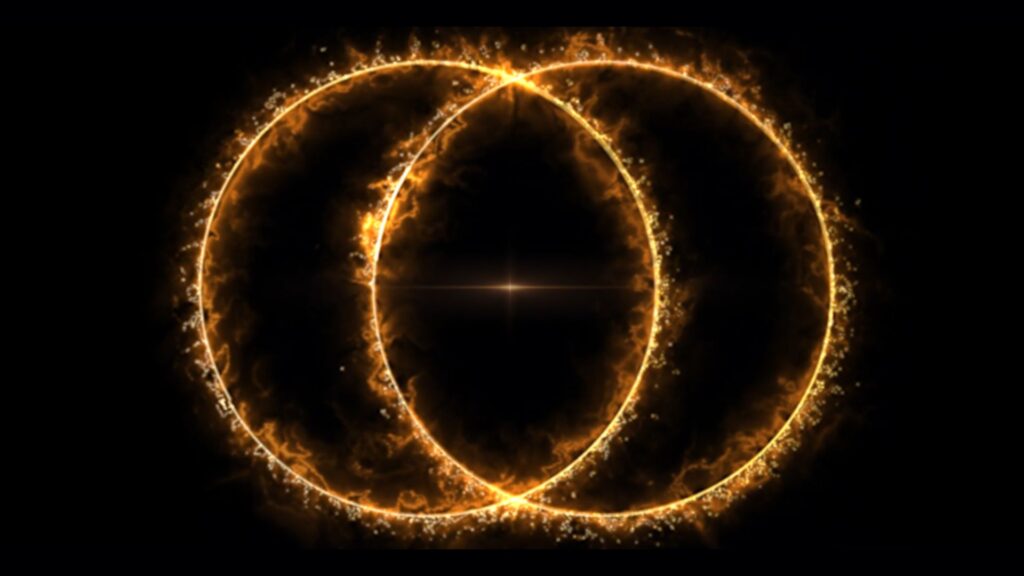Astronomers, with help from citizen scientists, have discovered the most powerful “odd radio circle” (ORC) ever. The discovery could help astronomers better understand how these unusual objects and the galaxies they surround form.
“ORCs are one of the strangest and most beautiful cosmic structures we’ve ever seen, and they may hold important clues about how galaxies and black holes coevolve hand in hand,” Ananda Hota, founder of the RAD@home Astronomy Collaboratory and co-author of a new paper describing the discovery, said in a statement.
you may like
This ORC is unique for several reasons. First of all, instead of one ring, it is made up of two intertwined rings like a Venn diagram. This is the second time astronomers have observed such an arrangement. Second, this is the most distant and powerful ORC ever discovered. The researchers detailed their findings in a paper published October 2 in Monthly Notices, a journal of the Royal Astronomical Society.
The new ring was first reported by citizen scientists participating in the RAD@home Astronomy Collaboratory, an international citizen science research platform originally founded in India. The ring was then confirmed by a team of astronomers using the Low Frequency Array (LOFAR), a series of radio telescopes located in mainland Europe and named RAD J131346.9+500320.
“The fact that citizen scientists discovered them highlights the continued importance of human pattern recognition, even in the age of machine learning,” Pratik Davade, an astronomer at Poland’s National Center for Nuclear Research and co-author of the new paper, said in a statement.
Previous research suggested that ORCs could form when supermassive black holes collide with each other, sending out cosmic shock waves. But RAD J131346.9+500320’s twin rings are centered around a jet-like filament of gas. Based on this structure, Dabadeh and his team propose that it could have been formed by a “superwind” flowing from the spiral galaxy that contains it. This may be true for other ORCs, but more research is needed to say for sure.
In addition to RAD J131346.9+500320, this paper details two other objects discovered in collaboration with the RAD@home Astronomy Collaboratory. One is a 3 million light-year diameter galaxy surrounded by radio rings, and the other is a galaxy with a ring around one of its giant jets. Future studies with other telescopes, such as LOFAR and the Vera C. Rubin Observatory in Chile, could help us learn more about these structures.
Source link

